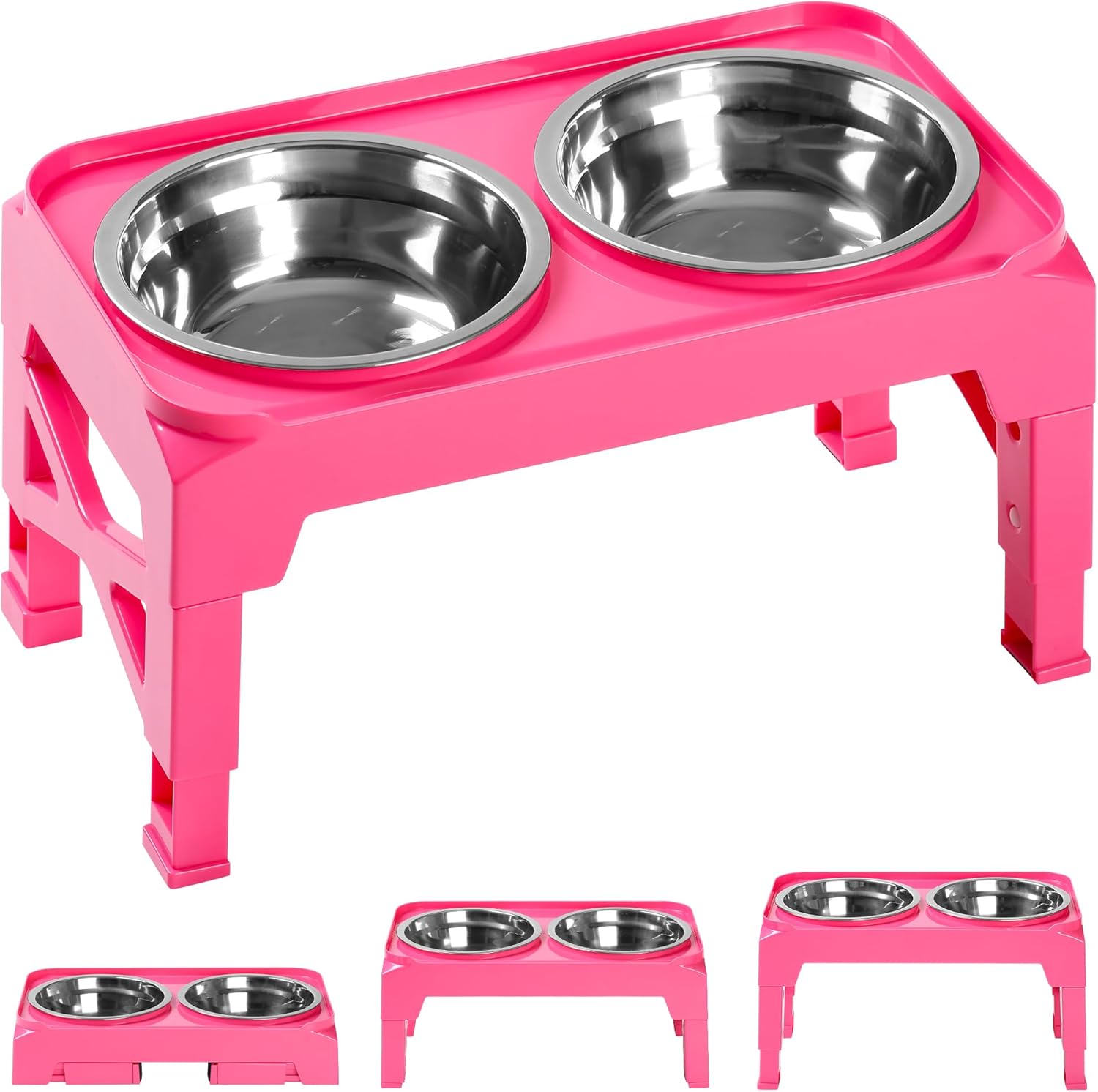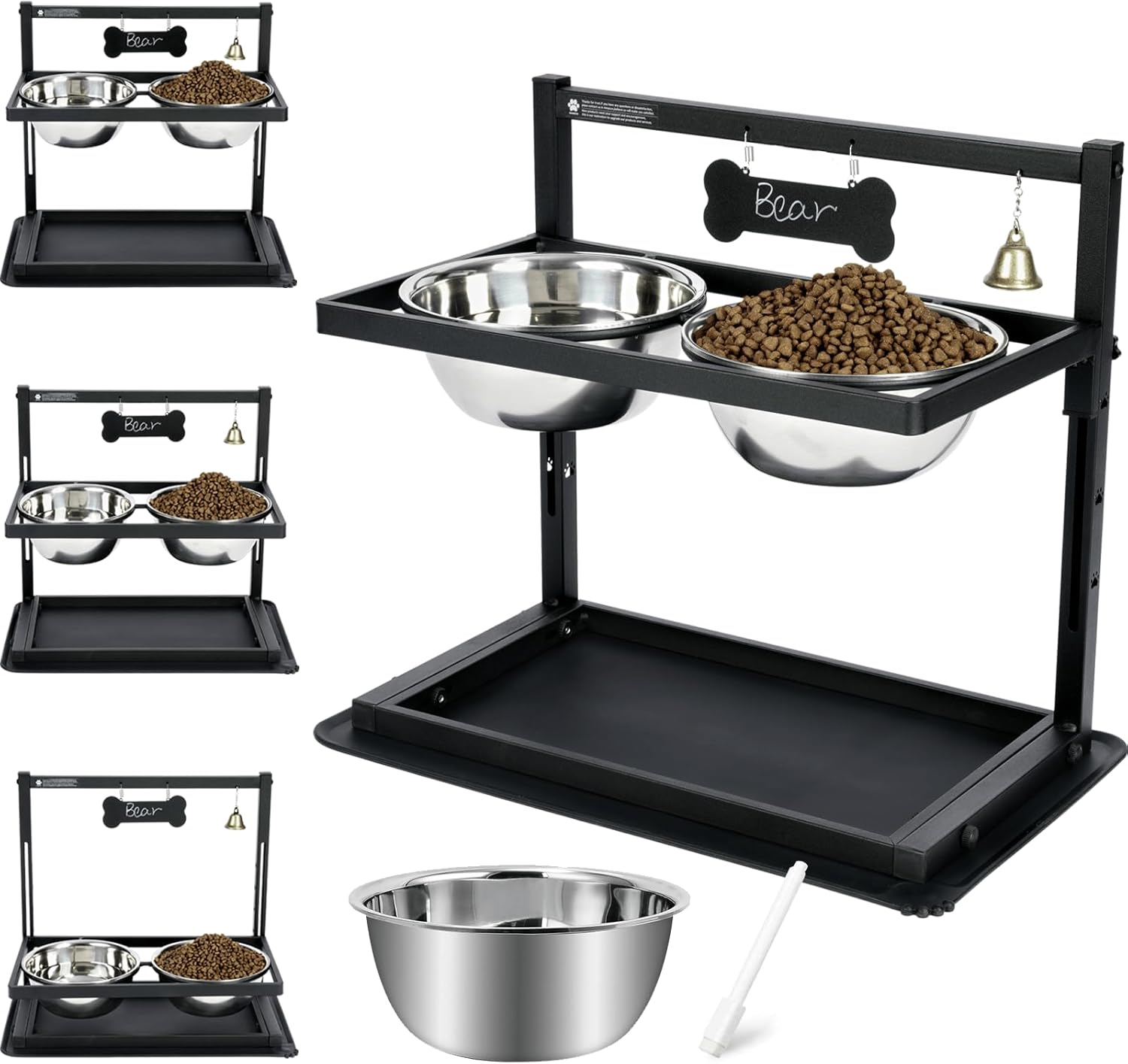Understanding the Adoption Fee: What It Covers and Why It’s Important
Introduction
When you decide to adopt a pet from a shelter or rescue, one of the first questions you might have is about the adoption fee. This fee can vary greatly depending on the organization, location, and the type of pet, but understanding what it covers and why it’s important can help you make a well-informed decision.
In this blog post, we’ll break down the adoption fee, explain what it typically covers, and discuss why this fee is essential for the continued care and operation of shelters and rescues.
1. What Is the Adoption Fee?
An adoption fee is the amount that you pay to adopt a pet from a shelter or rescue. While it’s easy to think of this fee as just another cost in the adoption process, it’s important to recognize that it plays a significant role in supporting the shelter's operations and ensuring the well-being of the animals in their care.
Adoption fees can range from a nominal amount to several hundred dollars, depending on factors like the pet’s age, breed, and health. This fee is typically used to help cover the costs associated with the care and medical treatment of the animals.
2. What Does the Adoption Fee Cover?
The adoption fee may cover several important services that help ensure your new pet is healthy, vaccinated, and ready to join your family. Here’s a breakdown of what is commonly included in the adoption fee:
Vaccinations
Before adoption, most shelters and rescues ensure that pets are up-to-date on their vaccinations. This includes standard vaccines such as:
- Rabies: Required by law in most areas.
- Distemper: A common viral infection that can be fatal.
- Parvovirus: A potentially deadly disease affecting dogs.
- Feline Leukemia: For cats, if applicable.
These vaccinations are often a significant cost to shelters, and your adoption fee helps cover these expenses.
Spaying/Neutering
One of the most common components of an adoption fee is the cost of spaying or neutering the pet. This procedure not only helps prevent unwanted litters but can also contribute to better health and behavior. Shelters typically require pets to be spayed or neutered before adoption, and this cost is included in the fee.
Microchipping
Many shelters microchip pets before adoption, which provides a permanent form of identification in case the animal gets lost. Microchipping is a simple and inexpensive procedure that can significantly increase the chances of a lost pet being reunited with its family.
Health Checks and Medical Care
Before adoption, shelters often perform comprehensive health checks on the animals to ensure they are free from serious health issues. This may include treatments for parasites like fleas, ticks, or worms. Additionally, if the pet has any health problems, the shelter may provide treatment before adoption, all of which are covered by the adoption fee.
Foster Care and Shelter Costs
Shelters and rescues often rely on foster homes to care for animals while they await adoption. This can be a significant cost for the organization. The adoption fee helps to cover foster care expenses, such as food, supplies, and medical costs, ensuring that animals are well cared for during their time in the program.
3. Why Is the Adoption Fee Important?
While the adoption fee may seem like just another expense, it’s an essential part of supporting the continued work of shelters and rescues. Here are a few reasons why the adoption fee is crucial:
Sustains Shelter Operations
Adoption fees play a vital role in helping shelters and rescues remain operational. Shelters are often nonprofit organizations that rely heavily on adoption fees, donations, and grants to cover their expenses. The fee helps ensure that the shelter can continue to provide food, shelter, and medical care for the animals in their care.
Ensures Proper Animal Care
The fees help cover the costs associated with the high standard of care that shelters provide. Whether it’s providing medical treatment, covering transportation costs for animals from high-kill shelters, or providing enrichment for the pets, the adoption fee helps ensure that animals receive the best care possible before they go home with you.
Supports Future Adoptions
Shelters and rescues often take in animals from overcrowded areas or high-kill shelters, sometimes needing to provide extensive medical treatment, behavioral rehabilitation, or socialization. The funds from adoption fees help these organizations continue to help other pets in need and ensure that they can rescue and care for even more animals.
Helps Reduce Overpopulation
The adoption fee also supports efforts to reduce pet overpopulation. Many organizations use the funds to spay and neuter pets, preventing future litters and helping reduce the number of homeless pets. Shelters and rescues often work in conjunction with community programs to address this issue, and the adoption fee is a key part of that effort.
4. Can the Adoption Fee Be Waived or Reduced?
In some cases, adoption fees may be reduced or waived, especially for special needs pets, senior animals, or during special adoption events. Some shelters and rescues offer discounted fees during adoption drives or holidays to encourage more adoptions.
However, even when fees are reduced, the shelter or rescue will likely still be covering some costs, as they are committed to the health and well-being of the animals. If you find a situation where the fee is waived or reduced, it’s a good opportunity to adopt, but remember that your adoption fee helps support future adoptions and animal care.
5. What If You Can’t Afford the Adoption Fee?
If the adoption fee seems out of reach for your budget, there are a few options to consider:
- Look for low-cost adoption events: Many shelters hold special adoption events with discounted or waived fees. Keep an eye on local event listings and social media for these opportunities.
- Inquire about payment plans: Some shelters may offer flexible payment options or sliding-scale fees depending on your financial situation.
- Consider adoption assistance programs: Certain organizations offer grants or financial assistance to help cover adoption fees. Ask about available options to see if you qualify.
Remember, adopting a pet is a long-term commitment, and while the adoption fee is an important part of the process, the cost of caring for a pet includes food, vet visits, and other ongoing expenses.
Conclusion
The adoption fee is an essential part of the pet adoption process, helping shelters and rescues provide proper care for animals, support their ongoing operations, and reduce pet overpopulation. Understanding what the fee covers and why it’s important can help you feel confident about your decision to adopt. By paying an adoption fee, you’re not only gaining a new companion but also supporting the future of animal rescue and ensuring that more pets find their forever homes.
Affiliate Products



